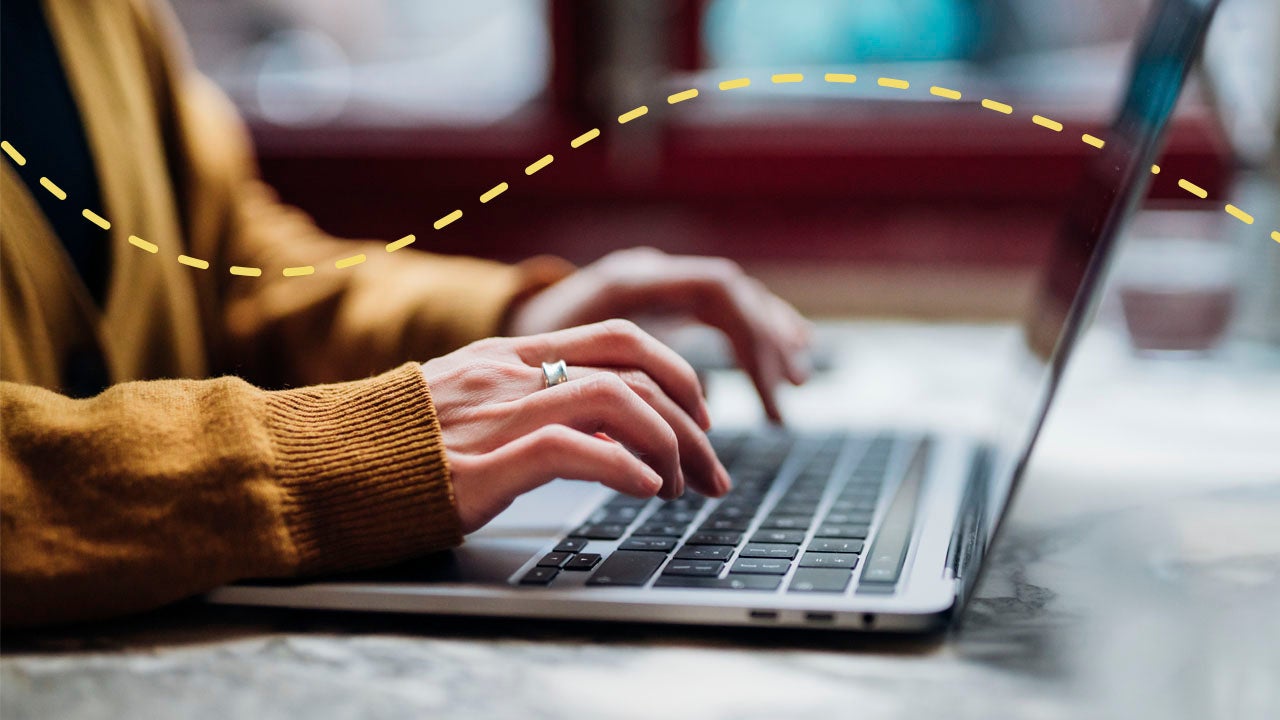What is my credit score if I have no credit history?



Key takeaways
- Having no or minimal credit history means you don’t have a credit score at all.
- This is different from having a low credit score, which can stem from having negative information on your credit reports.
- Before you can hatch a plan to build your credit, you should check your score to see whether you have one.
If you don’t have much or any credit history, you could be counted among the credit invisible or the unscorable. That doesn’t mean you have a credit score of zero. Rather, you have little or no information associated with your credit profile and, therefore, no score at all.
Twenty-eight million Americans are credit invisible, and 21 million are unscorable, according to 2022 data from Experian, in conjunction with Oliver Wyman.* In both cases, this means these people don’t have enough data reported to one of the three major credit bureaus to generate a score. Because of this, they are likely to encounter roadblocks if they need to access a line of credit.
Read on to learn what having no credit history means in practical terms and the steps you can take to build your credit.
*The most recent data available.
How to check your credit score for free
Do you have a credit score yet? Are you building credit from scratch? By taking steps to check your credit score, you can see where you stand — good or bad.
Fortunately, there are numerous ways to get a look at your credit score for free. Capital One’s CreditWise program, American Express’s MyCredit Guide and Chase’s Credit Journey are available to all consumers, not just customers of those institutions, and they all use TransUnion to generate a VantageScore 3.0 for those who sign up.
You can also sign up for Experian’s free credit monitoring service and get your FICO credit score through them. Certain banks and lenders can also give you access to your FICO score, but you’ll have to reach out to a representative to find out.
If you use any of these websites to check your credit and you don’t have a credit score yet, that likely means you have no credit history — or any history you’ve been building hasn’t registered with the credit bureaus yet. Either way, checking your credit score is the best way to determine where you’re starting.
Keep in mind: There are many specialized FICO and VantageScore scoring models out there, which is why your score might vary depending on who’s reporting it. It’s not uncommon for a borrower to see one score when they do a free credit check and then see a slightly different score when a lender pulls their credit for a specific product, like a car loan.
What does ‘no credit history’ mean?
A credit score is a mathematical likelihood of repaying debt that can help lenders decide how risky it would be to lend to you. Credit bureaus compile information about how you’ve handled debt in the past, which is reported by credit card companies and other lenders (like student loan and mortgage providers), and then a credit scoring model uses that information to generate your score.
So, having no credit history doesn’t mean you have never paid any bills. It just means that none of your bills or expenses have been reported to the three major credit bureaus.
You might have no credit history if you have never had a credit card or if you’re someone who prefers to pay for everything with cash. A lack of credit history doesn’t indicate you’re irresponsible, either. Instead, it means you haven’t used financial products that helped you build credit.
Also note that, even when you do get a line of credit, it can take time for a credit score to show up. You can be assigned a VantageScore as soon as a credit account shows up on your credit report. However, you won’t have a FICO credit score — which is used by 90 percent of top lenders, according to FICO — until an account is at least six months old. This means that no credit history can be a prolonged problem, even after you open your first account.
Credit bureaus collect information, and the main three are TransUnion, Equifax and Experian. Credit scoring models are like mathematical formulas, and the most common are the FICO and VantageScore models.
How having no credit history affects your score
So, having no credit history means having no credit score. But where will your actual score fall once you begin building credit history?
First off, it’s important to understand that credit scores of zero do not exist. Both the VantageScore and FICO scoring methods range from 300 to 850, so the lowest your credit score can go is 300.
Still, credit scores from 300 to 500 are typically reserved for individuals who have defaulted on some debts or who have debt in collections. That’s why scores in this range are typically designated as “poor.”
However, “Lack of a credit history can be just as detrimental to a loan application as bad credit, since both can cause you to be rejected,” says Ted Rossman, Bankrate’s senior industry analyst.
While there is no set beginning credit score for those who are building credit for the first time, the first credit score you see may be closer to the “fair” range — a FICO score range of 580 to 669 and VantageScore range of 601 to 660.
6 tips for building your credit score from scratch
If you don’t have enough credit to have a credit score yet, building credit history from scratch can be challenging.
Building credit is like getting your first job — everyone wants you to have experience, but sometimes it’s hard to get your foot in the door. The good news is that it’s easier to build credit from scratch than it is to rebuild after a credit misstep.— Ted Rossman, Bankrate Senior Industry Analyst
The following tips can help you build your credit score from the ground up:
- Become an authorized user. Becoming an authorized user on a trusted family member or friend’’s credit card can help you build credit, provided the card issuer reports authorized user activity to the credit bureaus. Use this strategy only with someone who always pays their bills on time and uses credit responsibly — because their credit mistakes could harm your credit score just like their good behavior can help it.
- Get a secured credit card. Secured credit cards require a cash deposit as collateral, but they report your payments to the credit bureaus, thus helping you boost your score with responsible use. Getting this type of credit card with no credit history can even give you the chance to earn rewards with no annual fee.
- Consider a credit builder loan. A credit builder loan from a company like Self requires you to make payments toward a savings account that is held on your behalf. Since your payments are reported to the three credit bureaus, these loans can help you build credit and save money simultaneously.
- Have your bill payments reported to the credit bureaus. Look for apps that can help you build credit with other bills you pay. For example, Experian Boost can help you build credit using your phone bill, utility bills and recurring subscription services you already pay for.
- Pay your bills on time. The most important factor that makes up your FICO score is your payment history, so be sure to always pay bills — credit card, student loan, mortgage and all others — on time no matter what.
- Keep your credit card balances low. Once you get access to a credit card, you can boost your score by keeping your credit utilization, or the amount of credit you’re using compared to your available credit, in check. You should strive to keep revolving balances below 30 percent of your available credit at most and preferably below 10 percent.
The bottom line
Having no credit history isn’t the end of the world, and in fact, you can think of it as a clean slate. You may not have any credit history yet, but you haven’t made any credit mistakes that could harm your score for years to come.
Our advice? Take some of the steps above to build credit that can benefit you later in life. With time and responsible use, you can achieve a good credit score that can open doors to a variety of financial opportunities, including access to better interest rates and better approval odds for some of today’s top credit cards or other loans.
Why we ask for feedback Your feedback helps us improve our content and services. It takes less than a minute to complete.
Your responses are anonymous and will only be used for improving our website.
You may also like

Best cards with no credit check


How to get a credit card with no credit history

